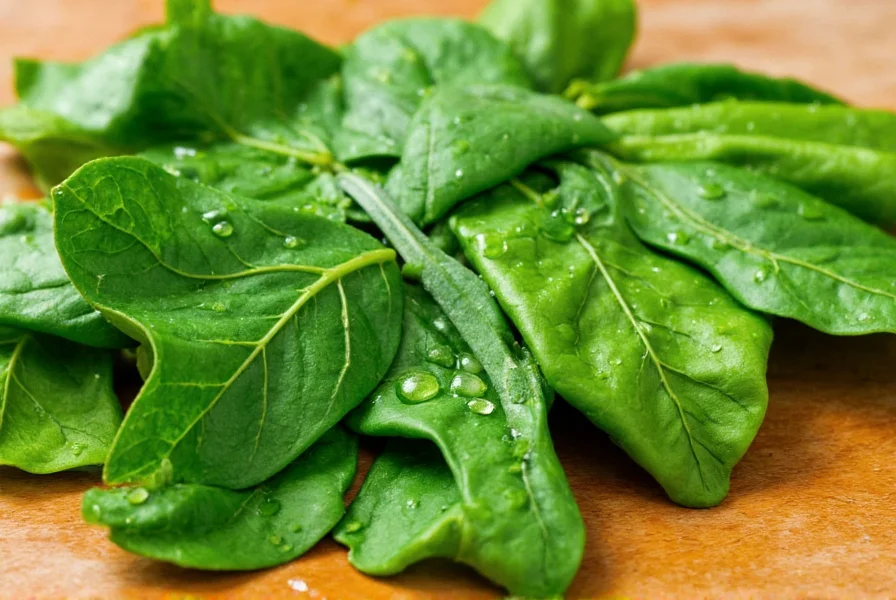Understanding what peterseli refers to is essential for anyone exploring international recipes or communicating with Swedish speakers. While English speakers know this herb as parsley, Swedes use the term peterseli consistently across culinary, medicinal, and horticultural contexts. This comprehensive guide explores everything you need to know about this valuable herb, from its botanical characteristics to practical applications in daily life.
Botanical Profile and Varieties of Peterseli
Peterseli (Petroselinum crispum) grows as a biennial plant, completing its life cycle over two years. During the first year, it develops a rosette of leaves and a taproot, while the second year brings flowering and seed production. Three primary varieties exist:
| Variety | Characteristics | Common Uses |
|---|---|---|
| Curly leaf peterseli | Finely curled, bright green leaves | Garnishing, milder flavor profile |
| Italian or flat-leaf peterseli | Broad, flat leaves resembling cilantro | Cooking, stronger flavor, preferred by chefs |
| Root peterseli (Hamburg) | Thick, edible parsnip-like root | Root vegetable in soups and stews |
Historical Significance and Global Adoption
Originating in the Mediterranean region, peterseli has been cultivated for over 2,000 years. Ancient Greeks crowned victors with parsley wreaths and associated it with death, while Romans used it primarily as a medicinal herb. The term "peterseli" entered Scandinavian languages through Germanic linguistic influences, maintaining its place as the standard term for this herb throughout Sweden, Norway, and Denmark.
Unlike many other European languages that modified the term (like French "persil" or Spanish "perejil"), Swedish preserved the original form more closely. This linguistic consistency makes "peterseli" easily recognizable across Nordic countries, though pronunciation varies slightly between regions.
Culinary Applications of Peterseli
In Swedish cuisine, peterseli serves multiple functions beyond mere garnish. Traditional dishes like prinskorv (small fried sausages) and pytt i panna (hash) rely on freshly chopped peterseli for authentic flavor. The herb's bright, slightly peppery taste complements fish dishes particularly well—a staple in Scandinavian coastal communities.
When substituting peterseli in recipes, consider these alternatives based on availability:
- Cilantro - Similar appearance but distinctly different flavor profile
- Chervil - More delicate anise-like flavor, suitable for fines herbes blends
- Chives - Milder onion flavor, works well as garnish
- Tarragon - Stronger flavor, use sparingly in sauces
For authentic Swedish recipes calling for peterseli, flat-leaf variety generally provides the most traditional flavor experience.
Nutritional Benefits and Health Applications
Peterseli ranks among the most nutrient-dense herbs available. Just one-quarter cup (approximately 30g) of fresh peterseli delivers:
- Over 500% of the daily recommended intake of vitamin K
- Nearly 60% of the daily value for vitamin C
- Approximately 20% of vitamin A requirements
- Significant amounts of folate, iron, and potassium
Research suggests regular consumption of peterseli may support bone health due to its exceptional vitamin K content, aid in inflammation reduction through flavonoid compounds, and potentially improve kidney function through natural diuretic properties. Swedish traditional medicine has long utilized peterseli tea for digestive support and as a breath freshener.

Growing Peterseli Successfully
Cultivating peterseli requires attention to specific growing conditions. The seeds have notoriously low germination rates and can take up to four weeks to sprout. Swedish gardeners often employ these proven techniques:
- Soak seeds in warm water for 24 hours before planting to improve germination
- Plant in well-draining soil with pH between 6.0-7.0
- Provide partial shade in hotter climates but full sun in cooler Nordic regions
- Maintain consistent moisture without waterlogging
- Harvest outer leaves first to encourage continued growth
For container gardening, select pots at least 25cm deep to accommodate the taproot. Peterseli grows well alongside tomatoes, asparagus, and carrots but should be kept away from alliums like onions and garlic. In Scandinavian climates, peterseli often survives mild winters when protected with mulch.
Storage and Preservation Methods
Preserving the vibrant flavor of peterseli requires proper storage techniques. Fresh peterseli maintains quality for 1-2 weeks when stored correctly:
- Trim stems and place in a glass of water like cut flowers, covering loosely with a plastic bag
- Freeze chopped leaves in ice cube trays with water or olive oil
- Dry leaves slowly in a dark, well-ventilated space away from direct sunlight
- Create herb-infused oils by submerging leaves in quality olive oil
Swedish households often prepare large batches of peterseljpesto (parsley pesto) during peak growing season, preserving the herb's flavor for winter months. This traditional preparation combines peterseli with almonds, garlic, and rapeseed oil.
Common Misconceptions About Peterseli
Several misunderstandings persist about this versatile herb. Many believe peterseli serves only as garnish, when in fact its flavor significantly enhances numerous dishes. Others confuse it with cilantro, though the two herbs belong to different plant families and offer distinct flavor profiles.
A persistent myth suggests peterseli is toxic to pets, but research indicates moderate consumption poses minimal risk to dogs and cats. However, the essential oil contains apiol in concentrations that could be problematic if consumed in excessive amounts.
Conclusion: Embracing Peterseli in Your Culinary Practice
Understanding what peterseli is and how to utilize it properly opens doors to authentic Scandinavian cooking and enhanced nutritional intake. This humble herb deserves recognition beyond mere garnish status, offering both culinary versatility and impressive health benefits. Whether you're following traditional Swedish recipes or simply looking to expand your herb repertoire, incorporating peterseli into your kitchen practice provides tangible benefits for flavor and nutrition alike.










 浙公网安备
33010002000092号
浙公网安备
33010002000092号 浙B2-20120091-4
浙B2-20120091-4